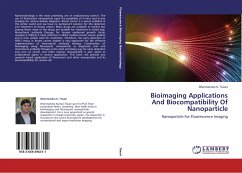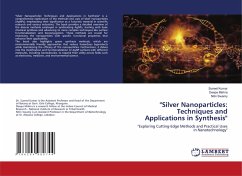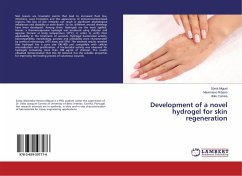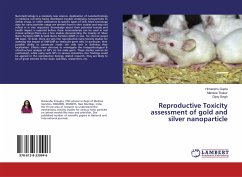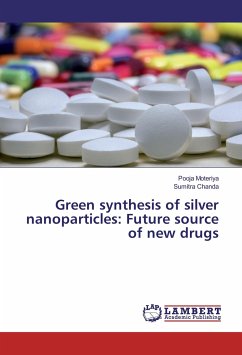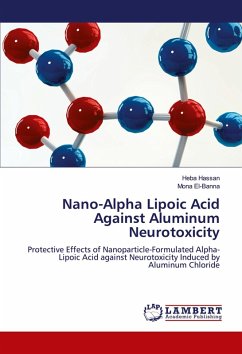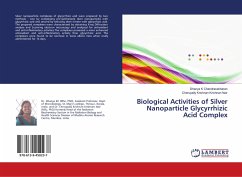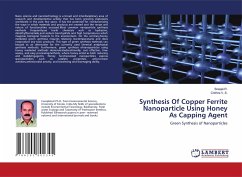
Silk fibroin nanoparticles: properties, preparations and applications
Versandkostenfrei!
Versandfertig in 6-10 Tagen
29,99 €
inkl. MwSt.

PAYBACK Punkte
15 °P sammeln!
Nanoparticles in biomedical fields are very promising in scientific areas and have aroused the interest of researchers in the search for new biodegradable, biocompatible and non-toxic materials. The properties and uses of the biopolymer silk fibroin in nanomedicine form the basis of this chapter. The natural polymeric biomaterial known as silk fibroin is derived from the Bombyx mori silkworm and is characterized by its amphiphilic chemistry, biocompatibility, biodegradability, outstanding mechanical qualities in a variety of forms, and processing flexibility. Because of all these characteristi...
Nanoparticles in biomedical fields are very promising in scientific areas and have aroused the interest of researchers in the search for new biodegradable, biocompatible and non-toxic materials. The properties and uses of the biopolymer silk fibroin in nanomedicine form the basis of this chapter. The natural polymeric biomaterial known as silk fibroin is derived from the Bombyx mori silkworm and is characterized by its amphiphilic chemistry, biocompatibility, biodegradability, outstanding mechanical qualities in a variety of forms, and processing flexibility. Because of all these characteristics, silk fibroin is a good choice to function as a nanocarrier. This chapter provides an overview of silk fibroin's structure, biocompatibility, and biodegradability. A thorough analysis of the process used to create silk fibroin nanoparticles is also provided. Lastly, the use of silk fibroin nanoparticles as nanocarriers for medication delivery.





